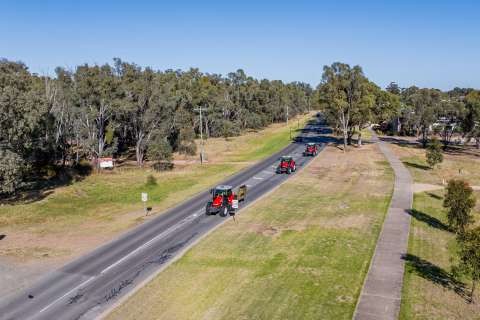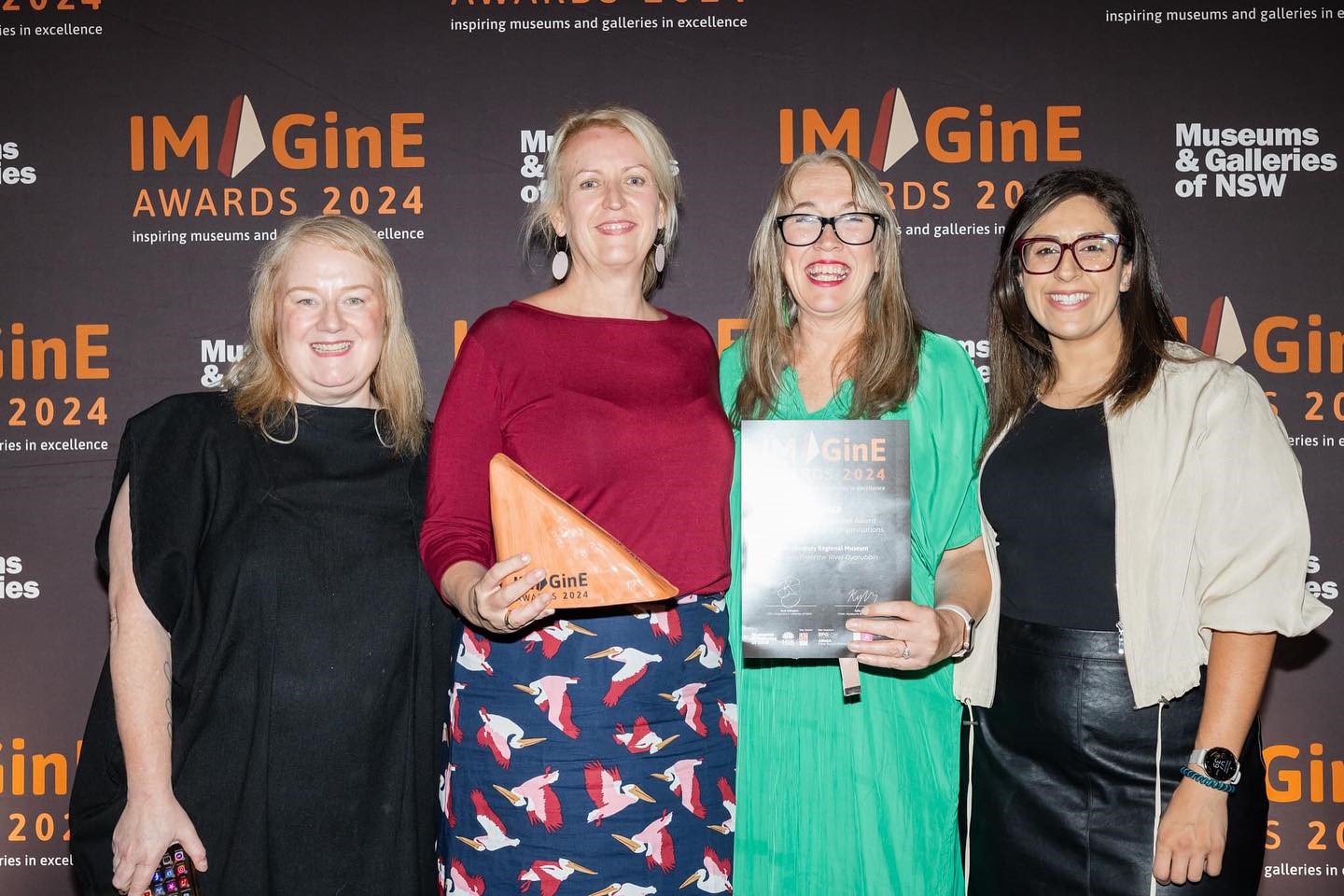Researchers from The University of Queensland have used an advanced imaging technique to predict the recovery of children from a mild traumatic brain injury (TBI) with an 87 per cent success rate.
PhD candidate from UQ’s used Neurite Orientation Dispersion and Density Imaging (NODDI) which provides more detailed information on structural damage in the brain than traditional magnetic resonance imaging (MRI) measurements.
“Our study was the first to use this NODDI to investigate the changes in those networks over time in children with mild traumatic brain injury,” Ms Stein said.
“We found that at one month post injury, it could predict what recovery would look like 2 to 3 months later, giving doctors more information to guide treatment and management.”
Mild TBI includes concussion and can cause headaches, difficulty sleeping and/or problems with attention and memory for several months.
These problems are caused by disruption to communication between different areas and networks in the brain.
“We investigated changes in the brain over the 3 months following injury in 80 children who had ongoing injury-related symptoms,” Ms Stein said.
“We also tested 32 children who had already recovered from injury and compared the results to 21 healthy control children.
“The children with ongoing symptoms following mild TBI had significantly lower structural integrity and more microstructural damage in their brain networks compared to the healthy controls.
“These findings will advance the clinical management of mild TBI by providing a means to predict recovery.
“Additionally, the evidence of ongoing structural brain changes in the months following injury supports delaying a child’s return to sport.”
Further research is needed to understand why some children recover quickly from a TBI while others take longer, or never fully recover.
The at UQ’s is working on these topics to improve the lives of children.
This research is published in the .







